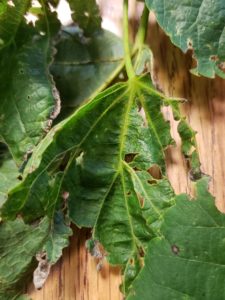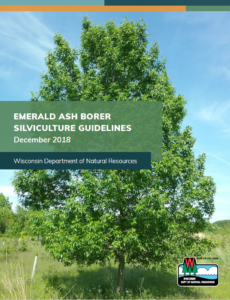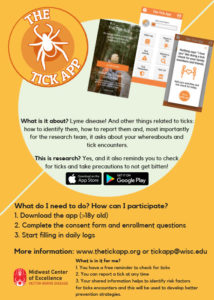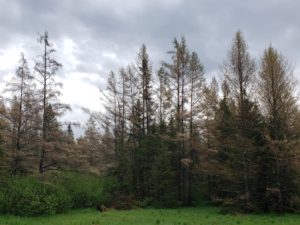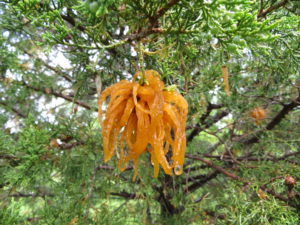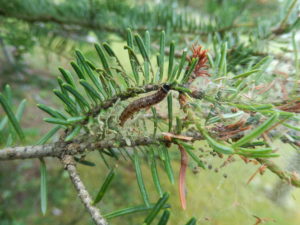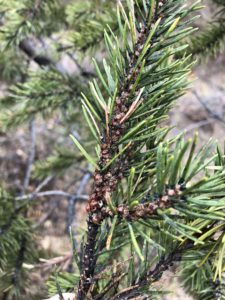Linda Williams, forest health specialist, Woodruff, Linda.Williams@wisconsin.gov, 920-360-0665
Forest tent caterpillar (FTC) is a native insect with periodic outbreaks. Reports of high populations have been coming in this spring from the towns of Nokomis, Three Lakes and Sugar Camp in Oneida County. There is some defoliation in these areas, but the geographic extent of damage is still limited. When looking for caterpillars in northeastern Wisconsin, it was not difficult to find at least one or two of them, which is an increase from past years when it was difficult to find any caterpillars at all.
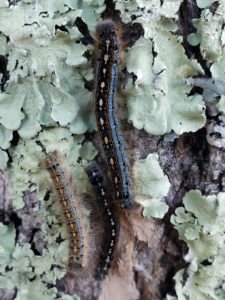
Forest tent caterpillars go through several instars, or growth stages. Colors vary between stages but all have the cream-colored “boot prints” down their backs.
Continue reading “Forest tent caterpillar populations high in small localized areas”

